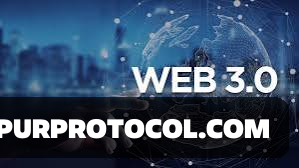Web2 Vs Web3: Understand The Difference Between Web2 And Web3
The difference between Web2 and Web3
Go Back

🕒 6:20 PM
📅 Jan 21, 2025
✍️ By Mwirih
Web 2.0 is the current version of the web, while Web 3.0 is the next phase. Web 3.0 is more decentralized, open, and secure than Web 2.0, and it gives users more control over their data. Centralization:
Web 2.0
Centralized platforms like social media and cloud services give power to a few, making user data vulnerable.
Web 3.0
Decentralized platforms give users more control over their data and transactions.
Security:
Web 2.0
Tech giants control the information shared, making it vulnerable to manipulation.
Web 3.0
Users have complete control over their data, and can choose to share or keep it secret.
Payments:
Web 2.0: Payments are made with fiat money.
Web 3.0: Payments are made with cryptocurrencies, which are less regulated.
User experience:
Web 2.0: Offers a dynamic user interface with real-time information updates.
Web 3.0: Offers a more secure and democratized online experience.
Ownership:
Web 2.0: Users rent a house, where the landlord sets the rules.
Web 3.0: Users own the house, the land, and even the neighborhood.

